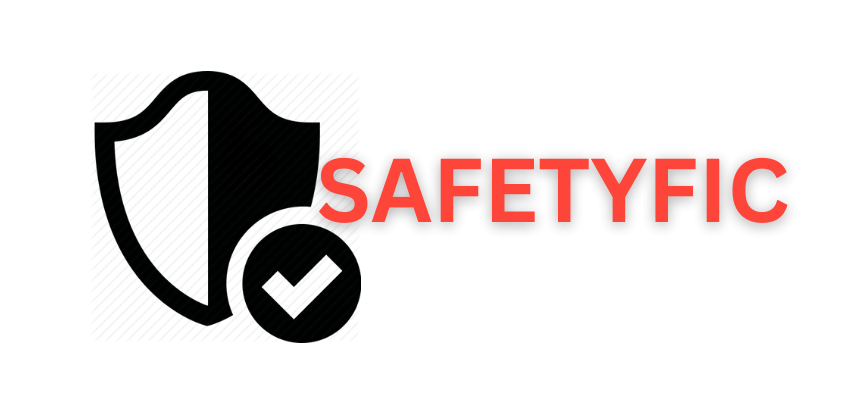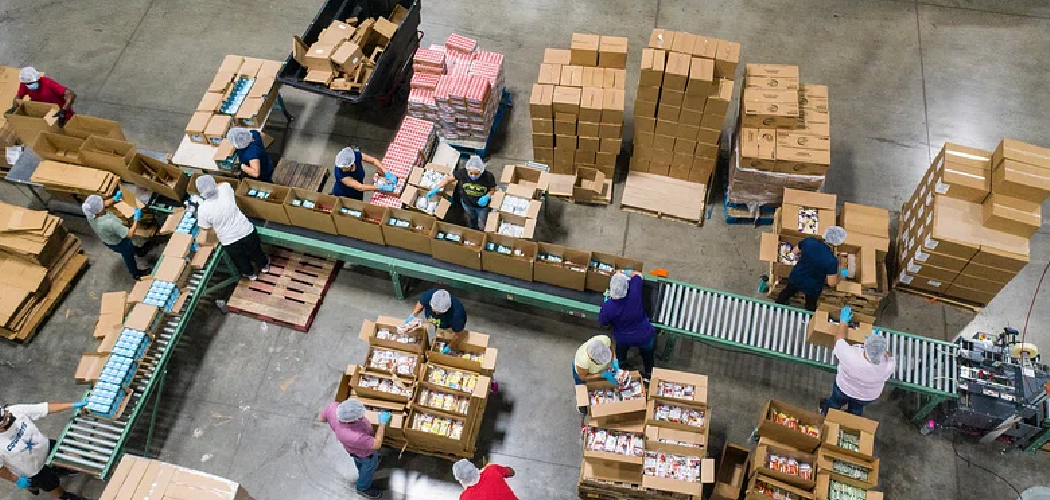Ensuring safety in our daily lives is essential for preventing injuries and maintaining well-being. Safety hazards can occur in a variety of environments, including homes, workplaces, and public spaces, and being aware of potential risks is the first step toward avoiding them.
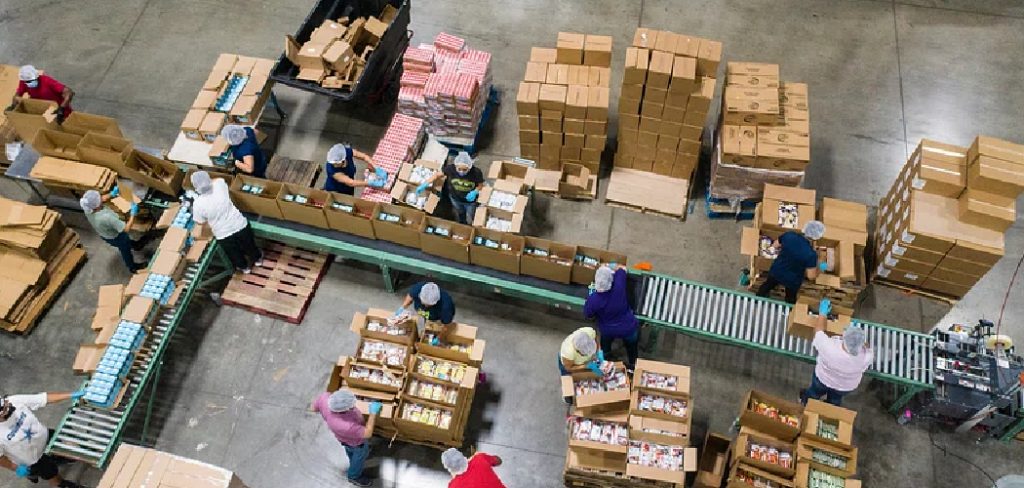
This guide on how to avoid safety hazard offers practical tips and strategies to help identify and mitigate common safety hazards, promoting a secure and accident-free environment for everyone.
Types of Common Safety Hazards
Slips, Trips, and Falls
These are among the most common safety hazards and can occur due to wet floors, uneven surfaces, or misplaced objects. Ensuring proper signage, maintaining clean walkways, and wearing appropriate footwear can help prevent such incidents.
Fire Hazards
Improper handling of flammable materials, faulty electrical wiring, and unattended open flames can lead to fire hazards. Routine inspections, fire extinguishers, and emergency exit plans are essential in minimizing risks.
Electrical Hazards
Exposed wires, overloaded circuits, and malfunctioning appliances pose significant electrical risks. Regular maintenance, proper grounding, and following electrical safety guidelines are critical in avoiding accidents.
Chemical Hazards
Exposure to toxic chemicals, improper storage, and lack of protective gear can lead to serious health issues. Proper labeling, safe storage systems, and adherence to safety protocols are vital when working with chemicals.
Ergonomic Hazards
Poor workstation setups, repetitive motions, and heavy lifting can cause musculoskeletal injuries. Using ergonomic furniture, proper posture, and training on lifting techniques can reduce these hazards.
By recognizing these common safety hazards, individuals and organizations can take proactive measures to create safer environments.
Hazard Identification
Identifying hazards in the workplace is a critical step in ensuring safety and preventing incidents. This process involves systematically assessing the environment, tasks, and procedures to detect potential risks. Common methods include regular workplace inspections, employee interviews, and reviewing historical incident data. It is essential to involve workers at all levels during hazard identification, as their firsthand experience provides valuable insights.
Proper documentation and categorization of identified hazards allow for targeted risk management efforts. Once hazards are recognized, implementing preventative measures and monitoring their effectiveness is crucial for maintaining a safe and healthy workplace.
10 Step-by-Step Guides on How to Avoid Safety Hazard
Step 1: Understand the Importance of Hazard Identification
The first step in avoiding safety hazards is recognizing the critical role of hazard identification. This process is the foundation of an effective safety program, as it helps proactively uncover potential risks before they result in incidents or injuries.
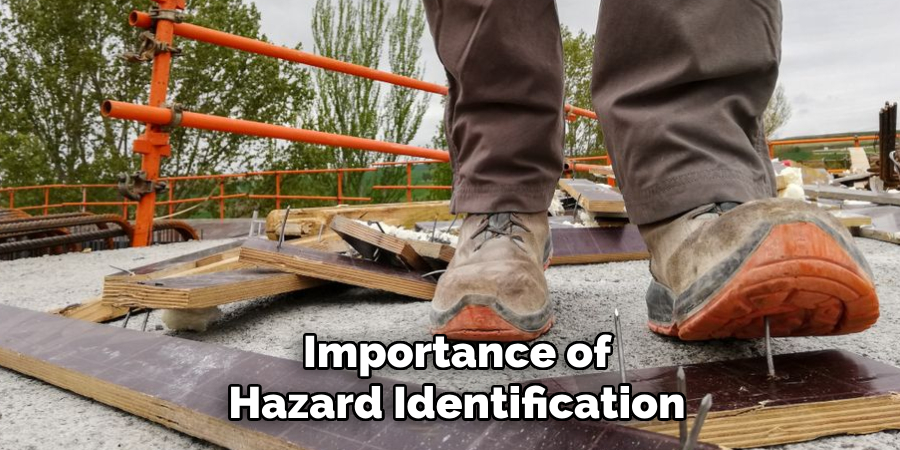
Understanding its importance ensures that everyone in the workplace remains vigilant and committed to maintaining a safe environment. By prioritizing hazard identification, organizations can foster a culture of safety, reduce workplace accidents, and comply with regulatory requirements.
Step 2: Conduct Regular Workplace Inspections
Regular workplace inspections are essential for maintaining a safe and hazard-free environment. These inspections provide an opportunity to identify new risks, assess the effectiveness of existing safety measures, and ensure compliance with safety standards. Organizations should develop a structured inspection schedule, engaging employees from various levels to participate in the process.
By systematically evaluating equipment, processes, and workspaces, businesses can address potential issues before they escalate into serious incidents. Consistent inspections not only reinforce a commitment to safety but also encourage employee involvement and accountability in creating a secure workplace.
Step 3: Review Incident Reports
Analyzing incident reports is a crucial step in creating a safer workplace. These reports provide valuable insights into past accidents, near-misses, and hazardous situations, allowing organizations to identify recurring patterns or areas of concern. By thoroughly reviewing these documents, businesses can uncover underlying causes and determine whether additional training, updated procedures, or equipment modifications are necessary.
It’s important to engage key stakeholders during this process to ensure a comprehensive understanding of the incidents and to foster collaboration in developing effective solutions. Regularly revisiting and learning from incident reports helps to prevent future occurrences and strengthens the overall safety culture.
Step 4: Implement Hazard Control Measures
Once the root causes have been identified and solutions are determined, the next step is to implement hazard control measures. These measures can include changes to equipment, procedures, or workplace layouts, as well as introducing new safety technologies or protective equipment. It’s essential to follow the hierarchy of controls when prioritizing actions, starting with eliminating hazards whenever possible, followed by substituting less hazardous options, and then implementing engineering controls.
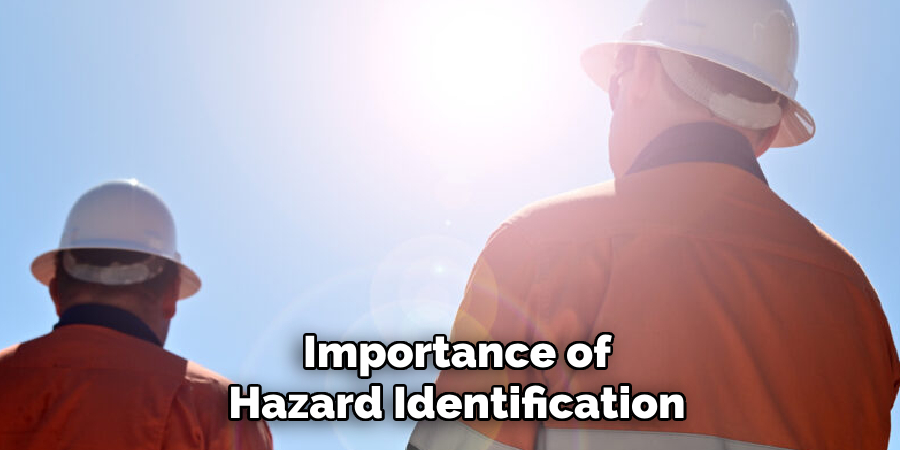
Administrative controls and personal protective equipment (PPE) should only be used as supplementary measures. Effective implementation requires clear communication with employees, proper training, and regular monitoring to ensure that the controls are functioning as intended and remain effective over time.
Step 5: Monitor and Review
Once controls are in place, continuous monitoring and periodic review are essential to ensure ongoing effectiveness and adaptability to changing conditions. Regular inspections, employee feedback, and incident reports should be utilized to evaluate the performance of implemented measures.
Any identified deficiencies or changes in the workplace should prompt a reassessment of controls, ensuring hazards are effectively managed. Additionally, staying updated with industry best practices and advancements in safety technologies can further enhance the robustness of the control measures. Monitoring and review should be an integral part of a proactive safety management system.
Step 6: Train Employees
Proper training is essential to ensure that employees understand potential workplace hazards and the control measures in place to mitigate them. Training programs should be comprehensive, covering topics such as hazard identification, emergency procedures, and the correct use of safety equipment. Regular refresher courses can help reinforce knowledge and address any updates in safety protocols.
It is crucial to tailor training sessions to the specific roles and responsibilities of employees, ensuring the information is relevant and actionable. Effective training not only enhances safety awareness but also fosters a culture of collective responsibility, where employees actively contribute to maintaining a safe working environment.
Step 7: Promote a Culture of Safety
Fostering a culture of safety within an organization requires ongoing commitment and collaboration at all levels. Encourage open communication where employees feel comfortable reporting hazards, near misses, or safety concerns without fear of retaliation. Recognize and reward staff who demonstrate proactive safety behaviors, reinforcing the importance of collective responsibility.
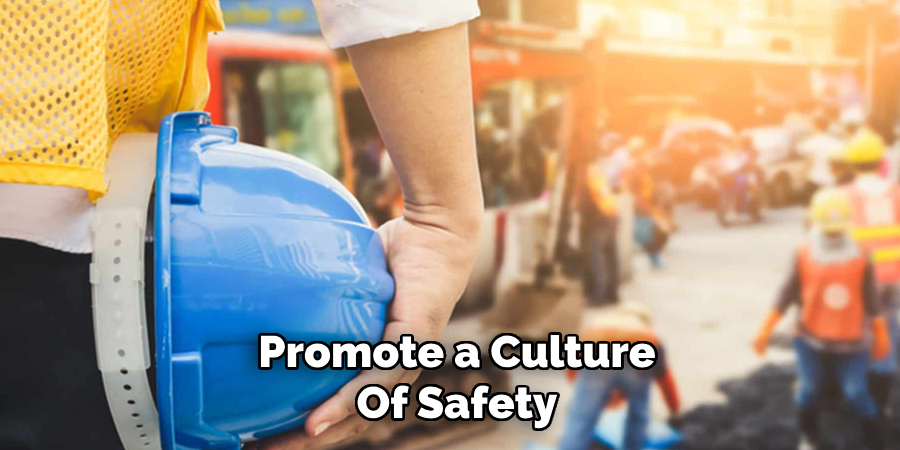
Leaders should lead by example, consistently prioritizing and adhering to safety protocols in their daily activities. Regularly reviewing and discussing safety performance during team meetings can ensure continuous improvement and alignment with organizational safety goals. By embedding safety as a core value, organizations can create a supportive environment where everyone is empowered to prioritize and uphold workplace safety.
Step 8: Regularly Review and Update Safety Protocols
Maintaining effective safety protocols requires consistent evaluation and improvement to address evolving workplace challenges. Regular reviews should be conducted to identify potential gaps or outdated practices within current safety measures. Feedback from employees, incident reports, and industry standards should guide these updates to ensure they reflect the latest safety practices.
Additionally, scheduling periodic audits can help organizations stay proactive in mitigating risks and maintaining compliance with safety regulations. By keeping safety protocols current and relevant, organizations can enhance their commitment to fostering a safe and secure work environment for all.
Step 9: Provide Ongoing Safety Training
Ongoing safety training is essential to ensure employees remain informed about the latest safety protocols and practices. Regular training sessions help reinforce critical safety concepts, improve hazard awareness, and promote a culture of safety within the organization. These sessions should be tailored to the specific needs of each department or job role, addressing the unique risks and challenges they may encounter.
Additionally, incorporating hands-on exercises, scenario-based learning, and updates on regulatory changes can enhance the effectiveness of the training programs. By investing in continuous education, organizations empower their workforce to stay vigilant and contribute actively to maintaining a safe workplace.
Step 10: Stay Informed About Industry-Specific Regulations
Keeping up-to-date with industry-specific regulations is essential for ensuring compliance and maintaining safety standards. Laws and guidelines can change frequently, introducing new requirements that might impact daily operations or procedures. Organizations should establish a system to regularly review regulatory updates and integrate them into their protocols.

This can include subscribing to industry publications, attending relevant conferences, or participating in professional networks. Staying informed not only helps avoid potential legal or financial consequences but also demonstrates a commitment to best practices and employee well-being.
Following these steps on how to avoid safety hazard can greatly improve the overall safety of any organization. By taking a proactive approach to identifying and addressing potential hazards, organizations can create a safer work environment for their employees. Additionally, implementing regular training and promoting a culture of safety awareness can further enhance workplace safety.
Frequently Asked Questions
Q1: What Are Some Common Workplace Hazards?
A1: Some common workplace hazards include slips, trips and falls, electrocution, exposure to hazardous chemicals or materials, and ergonomic injuries. Other hazards may include workplace violence, accidents involving machinery or equipment, and exposure to extreme temperatures or noise.
Q2: How Can Employers Identify Potential Hazards in the Workplace?
A1: Employers can conduct regular risk assessments and safety audits to identify potential hazards in the workplace. They can also involve employees in this process by encouraging them to report any potential hazards they may come across while performing their job duties.
Q3: What Steps Can Employees Take to Promote a Safe Work Environment?
A3: Employees should follow all safety protocols and procedures set by their employer, such as wearing personal protective equipment (PPE) when necessary. They should also participate in safety training and actively look for potential hazards in their work area.
Conclusion
Maintaining a safe work environment is a shared responsibility that requires commitment and collaboration from both employers and employees. By implementing robust safety measures, staying vigilant, and fostering open communication, workplaces can minimize risks and ensure the well-being of everyone.
Prioritizing safety not only protects individuals but also promotes productivity and morale, creating a positive and thriving workplace culture. Thanks for reading this article on how to avoid safety hazard.
